Learning About
ACCESSIBILITY
Resources
Additional Learning
Inclusive/Universal Design
Sinead Burke opens in new window discusses the need for more accessible accommodations in public spaces.
The Seven Principles of Universal Design opens in new window: were developed in 1997 by a working group of architects, product designers, engineers and environmental design researchers, led by the late Ronald Mace. The purpose of the Principles is to guide the design of environments, products and communications.
Rick Hansen - Universal Design 101 opens in new window: Universal design (sometimes also called inclusive design or barrier-free design) is the design and structure of an environment so that it can be understood, accessed, and used to the greatest extent possible by all people regardless of their age or ability. That means that when architects and city planners think about and plan around peoples’ diverse needs and abilities (like kids, parents, seniors, people with injuries or illnesses, and people with disabilities) they can create environments that actually meet those needs and abilities.
Language
The Canadian Association of Broadcaster's Recommended Guidelines on Language and Terminology opens in new window: This manual presents a series of recommended guidelines for broadcasters for the use of language and terminology when referencing persons with disabilities in broadcast news. It has been developed 'based on' previous research conducted on behalf of Canada’s private broadcasters by the Canadian Association of Broadcasters and in consultation with the Canadian disability community and Canadian news broadcasters.
Canada.ca Content Style Guide - Plain Language opens in new window: These are the rules to create web content that can be easily found, understood and used. They are based on writing principles and techniques that help make web content clear and adapted to the needs of all people.
Writing in Plain Language opens in new window: Communication is in plain language if the wording, structure, and design are so clear that the intended readers can easily find what they need, understand what they find, and use that information. This five-step checklist will guide you through the plain language process for developing content.
Sign Language
The Tyee - Discovering the Secrets Behind Indigenous Hand Talkers opens in new window: Widely used before colonization, Indigenous sign languages likely formed much of what became American Sign Language.
The New York Times - Black, Deaf, and Extremely Online opens in new window: On TikTok and in virtual hangouts, a younger generation is sharing the origins and nuances of Black American Sign Language, a rich variation of ASL that scholars say has been overlooked for too long.
The Guardian - Deaf Interpreters opens in new window: More people than ever are being exposed to sign language through Covid press briefings as interpreters work to pass on vital information
Ontario High Schools will teach ASL opens in new window: Here are some basic signs to learn
Toronto Life - Christopher Desloges, ASL Interpreter opens in new window: An interview with ASL interpreter Christopher Desloges
In this article, opens in new window Ai-Media features fingerspelling guides for ASL, British Sign Language (BSL), Auslan (Australian Sign Language), Chinese Sign Language (CSL), French Sign Language (LSF), Japanese Sign Language (JSL), Arabic Sign Language, Spanish Sign Language (LSE), Mexican Sign Language (LSM), and Ukrainian Sign Language (USL).
Education
Braille bug opens in new window is an open access source for learning about braille, braille literacy, and has many other resources.
Paths to literacy opens in new window has a list of sources for free braille books.
Carole Sue Baily and Kathy Dolby, Editors, The Canadian Dictionary of ASL opens in new window: This dictionary of American Sign Language has over 8700 signs and many are unique to Canada.
ASL University: Lessons opens in new window: American Sign Language University is resource site for ASL students and teachers. Here you will find information and resources to help you learn ASL and improve your signing.
Basic ASL: First 100 Signs opens in new window: This page contains links to about a hundred basic ASL signs that are frequently used between parents and their young children. There is much more to learning American Sign Language than just memorizing signs. ASL has its own grammar, culture, history, terminology and other important aspects.
Learning American Sign Language opens in new window: This link has many resources for learning ASL
Celebrate Deaf Culture with Accessible Media opens in new window
LSQ Distance Courses opens in new window: Distance education on learning LSQ
LSQ Resources opens in new window: Information about LSQ training
Hemingway App opens in new window is a writing and editing tool designed to help you write in plain language.
Standards
Accessibility Laws opens in new window: Learn about the laws and framework for making Ontario more accessible. Find out how to comply with accessibility requirements and when you need to report on compliance.
Ontario’s Ministry of Community and Social Services AODA Booklet opens in new window: A downloadable PDF booklet to AODA guidelines.
A Canadian Roadmap to Accessibility Standards opens in new window which details accessibility legislation and development in Canada.
To deepen your understanding, return to Blackboard and complete Module 1 Assessmentsopen new window.



